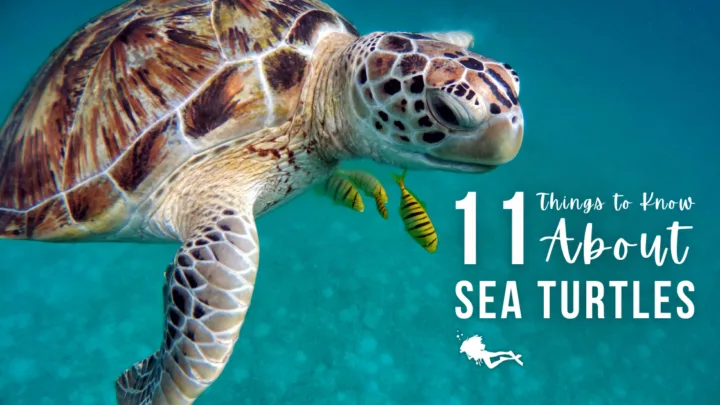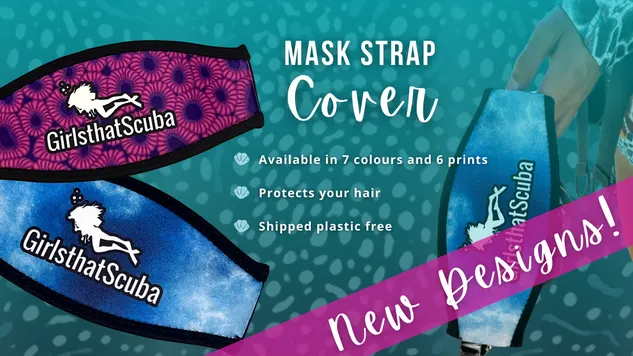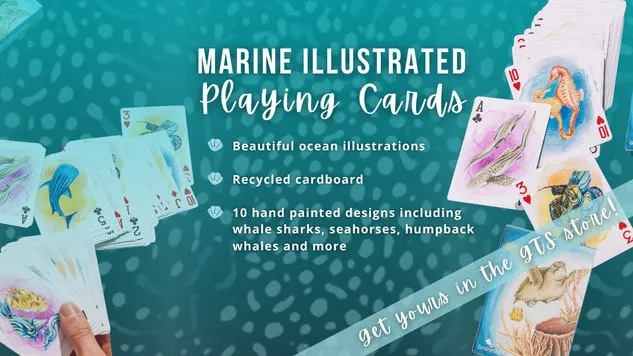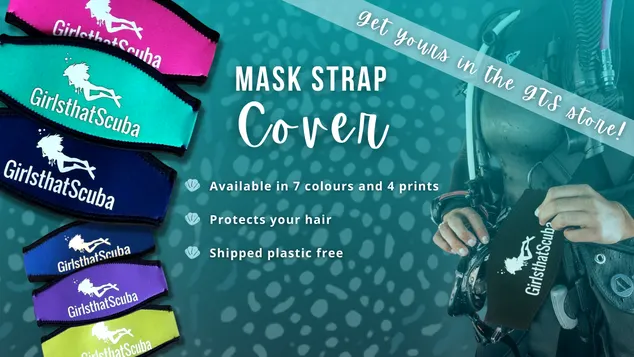Spent too much time on dry land recently and keen to learn some facts about turtles? Don’t worry, we have you covered.
If you’ve ever been on a dive and had a sea turtle come and join you for a minute or two, you’ll know it’s a truly special encounter (if not, better luck next time). In fact, it’s probably moments like these that have made sea turtles incredibly popular among ocean enthusiasts around the world.
Yet despite their popularity, sea turtle populations have been declining for years. Here, we’ve picked out some interesting facts about sea turtles for you. We’ve also added a few pointers on things you can do to help make sure these incredible creatures remain in our oceans for years to come. Let’s get stuck into the sea turtle fun facts!
1. There are seven unique species of sea turtle
With seven species of sea turtle roaming the world’s oceans, each with a complicated scientific name, it can be tricky to know which one you’ve spotted on your watery adventures. But the good news is that each species has a common name (and they’re much easier to remember) as well as distinctive features to help you with your sea turtle identification.
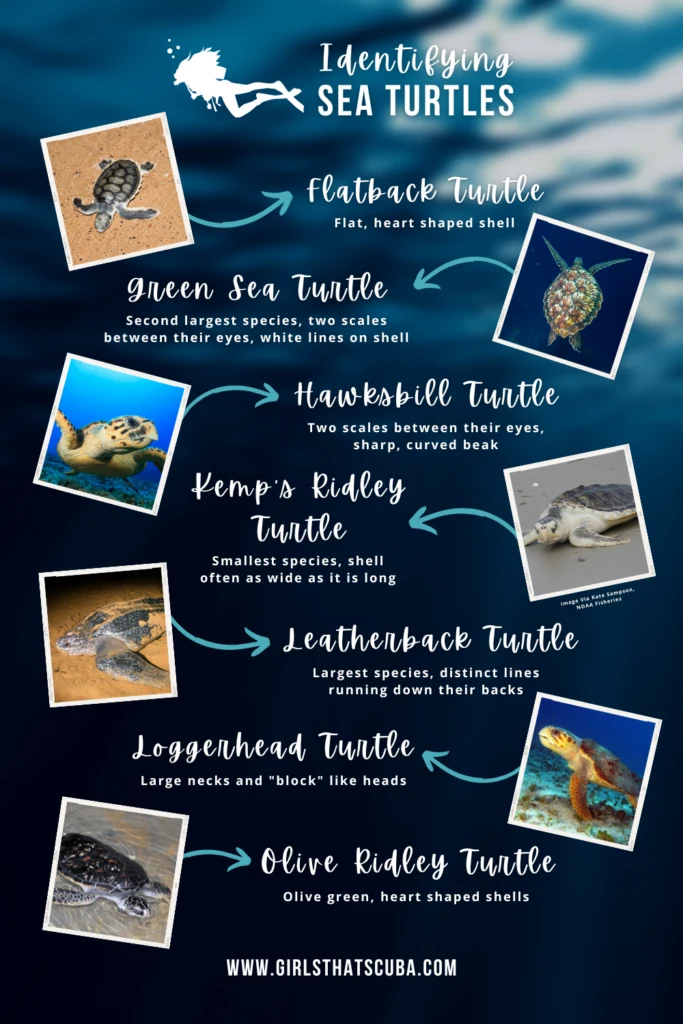
- Flatback turtles (Natator depressa)
These have a heart-shaped shell which is flatter (surprise surprise) than the shells of other species - Green turtles (Chelonia mydas)
Green turtles have just two scales right between their eyes, are the second-largest species, and have white lines separating the scales (AKA ‘scutes’) on their shells - Hawksbill turtles (Eretmochelys imbricata)
Hawksbills have just two scales right between the eyes and a sharp curving beak (just like a hawk) - Kemp’s Ridley turtles (Lepidochelys kempii)
These are the smallest species, have slightly hooked beaks, and their shell is often as wide as it is long - Leatherback turtles (Dermochelys coriacea)
Leatherbacks are the largest species, and they have soft shells with distinct ridges running from head to tail - Loggerhead turtles (Caretta caretta)
These are named after their large necks and ‘block’-like heads - Olive Ridley turtles (Lepidochelys olivacea)
Olive Ridley turtles have heart-shaped, olive-green shells
2. Sea turtles are incredible freedivers
Sea turtles look so at home under the water that it’s easy to forget that they’re bound to the surface to breathe. The reason that sea turtles look so relaxed under the water is because of their incredible breath-holding skills – they can last several hours underwater on just one breath!
Precisely how long a turtle can survive underwater depends on several factors, including species and age. Plus, the more energetic a turtle is being, the more often it will need to surface for fresh oxygen (just like when humans freedive).
3. Green turtles turn vegetarian as they age
Unusually for the animal kingdom, green turtle hatchlings begin life as omnivores before converting to herbivores as adults. In their youth, green turtles enjoy a colourful menu of molluscs, fish eggs, and crustaceans (just to name a few) until they slowly gain an appetite for plant-based foods. As adults, green turtles feed mainly on seagrass, algae and other plant debris.
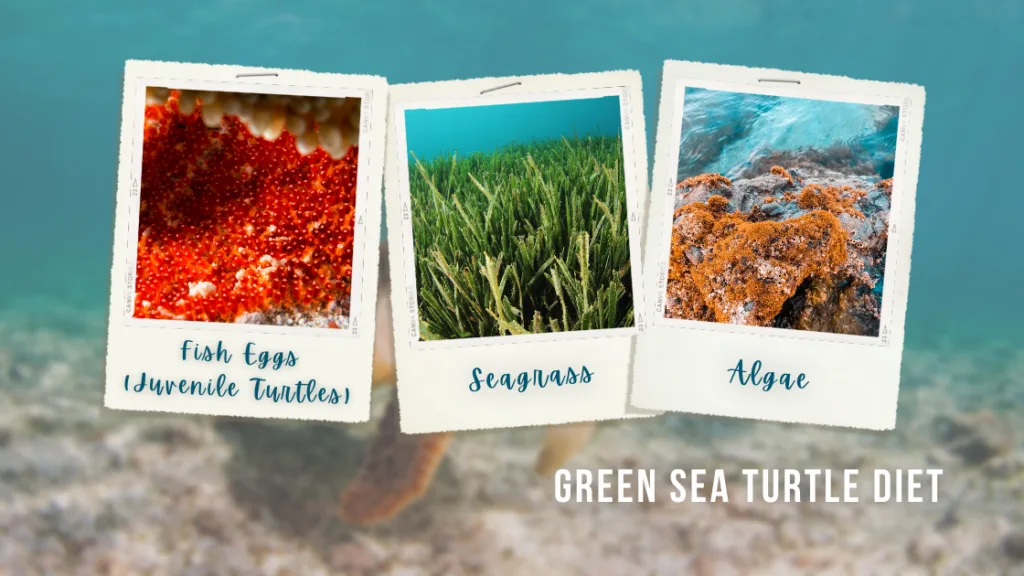
Oh, and here’s another green sea turtle fact for you – green turtles are named after their green body fat, and it’s thought that this is caused by their plant-based diet.
Sadly, this diet makes green turtles less likely to consume food containing Salmonella and other bacteria that harm humans. This means they’re eaten by humans more often than any other sea turtle species.
3. There’s no place like home for a sea turtle
Satellite-tracking studies have shown that sea turtles are capable of travelling seriously impressive distances, like all the way from the Seychelles in the middle of the Indian ocean to Kenya in mainland Africa. Yet instead of settling into their new sand-covered refuges, sea turtles will return to the ocean and travel these incredible distances once again to reach their starting point.
It’s thought that sea turtles have an in-built mechanism for navigating the high seas, which enables them to return to sites they know are good for foraging or breeding.
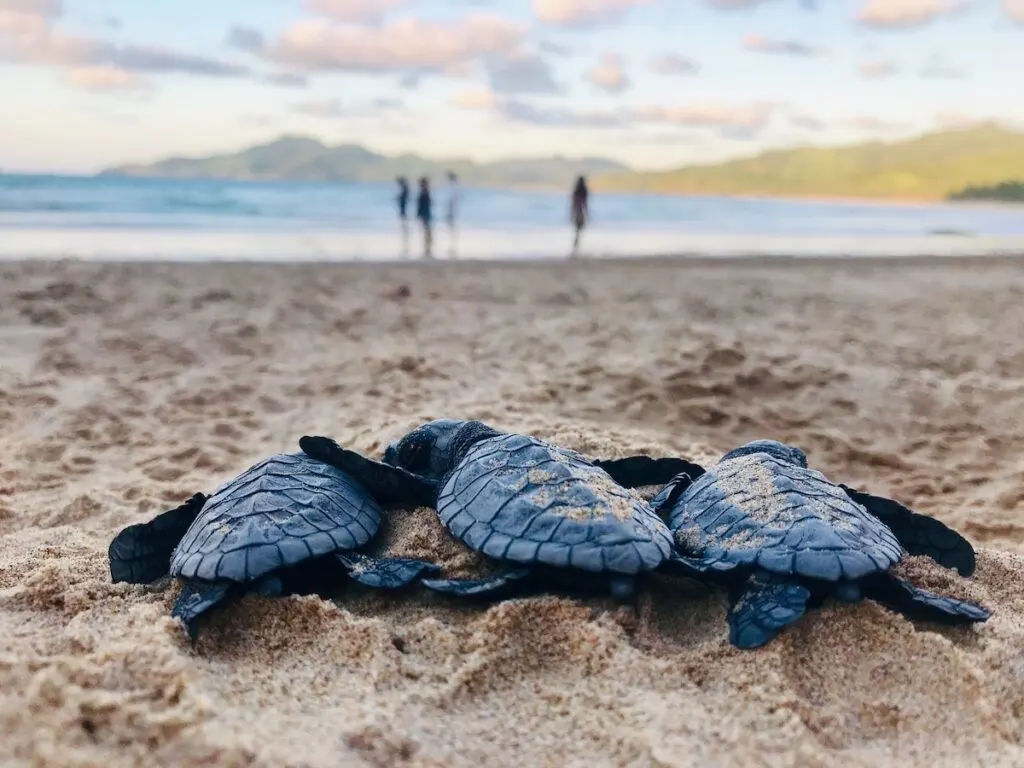
4. Leatherback turtles would make awesome scuba divers
Here’s a fun fact about sea turtles for you – most turtles exhale before they descend, but Leatherback turtles often keep air in their lungs. They use this air to control their buoyancy underwater, so their lungs are acting just like a BCD. What’s more, they even ascend slowly to avoid getting a case of DCS (AKA the ‘bends’).
5. Sand temperature affects turtle gender
No list of facts about sea turtles would be complete without this one – the temperature of the sand that turtle eggs are laid in determines their gender. Yes, you read that right. Cooler temperatures are more likely to produce male turtles, and warmer temperatures are more likely to produce females.
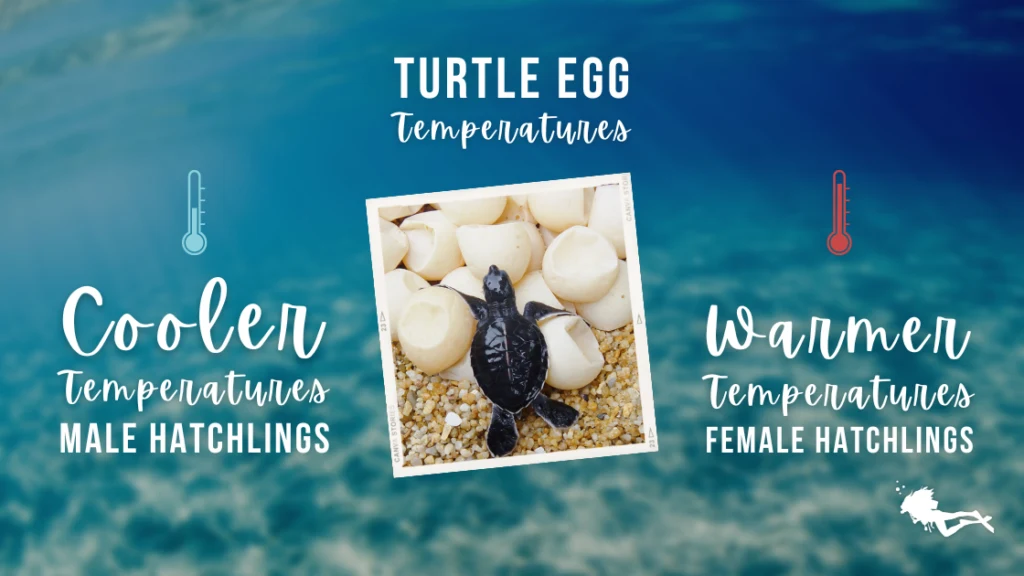
Many factors can affect temperature-related sex determination in turtles, such as sand moisture and the timings of temperature changes. Worryingly, though, increasing global temperatures are expected to increase the number of female sea turtles out there, which could have devastating effects on turtle populations as females will find it harder to find a mate.
6. Tortoise-shell glasses used to be made from real sea turtles
Just like leopard print clothes and coral jewellery, tortoise shells were famed in the fashion industry once upon a time. For years, turtle shells were used to craft objects like tortoise-shell glasses, or simply used as ornaments.
The shells of hawksbill turtles are particularly pretty, so it’s this species of sea turtle that experienced the worst of the poaching.
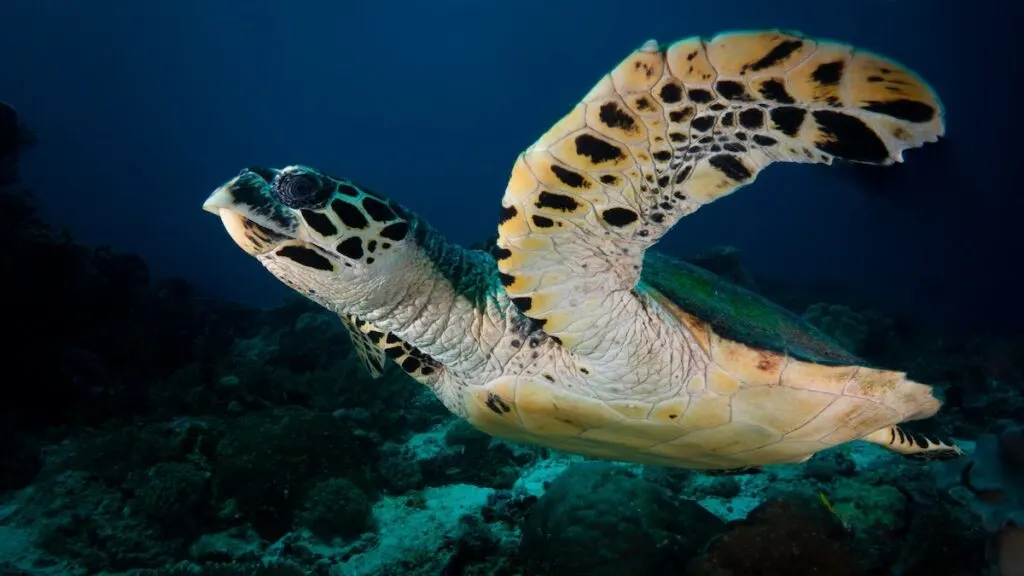
Thankfully, in 1977 the Convention on International Trade of Endangered Species of Wild Fauna and Flora (more commonly known as CITES) banned the trading of hawksbill tortoises internationally in the hope of preserving hawksbill turtle populations. Although this has curbed the poaching of hawksbill turtles to some extent, illegal trading still poses a threat to hawksbill populations.
7. Life is tough for sea turtle hatchlings
After spending several weeks buried in the sand, sea turtle hatchlings emerge from their eggs, scramble their way across the sand, and can live to a ripe old age… but sadly not all of them.
Although the tiny size of sea turtle hatchlings will make your heart melt, it also makes them incredibly vulnerable to predators like crabs and birds. By hatching in unison, sea turtles have some protection against predators, but around 8% of them might never reach the ocean at all.
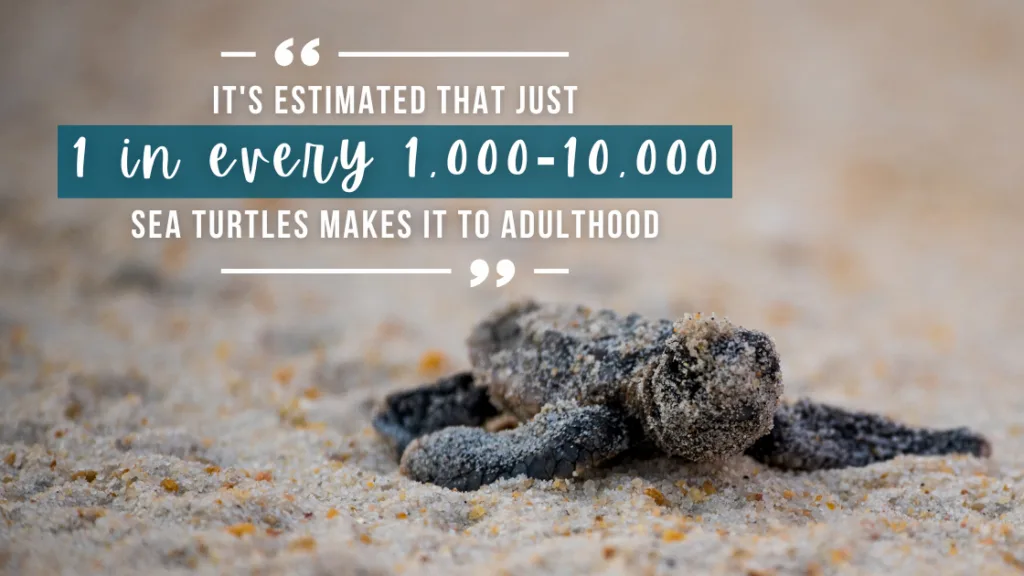
9. Sea turtles can live for decades
For the lucky hatchlings that do make it to adulthood, the good news is that a long life typically awaits them. Lifespans depend on the species of sea turtles and can range from approximately 50 years for flatback turtles to a whopping 90 years for leatherback turtles.
10. Sea turtle populations are declining
Tragically, turtle populations are declining globally. The International Union for Conservation of Nature (IUCN) has classified most species listed as critically endangered, endangered or vulnerable, and CITES have included all 7 turtle species in their list of the species they’re most worried about.
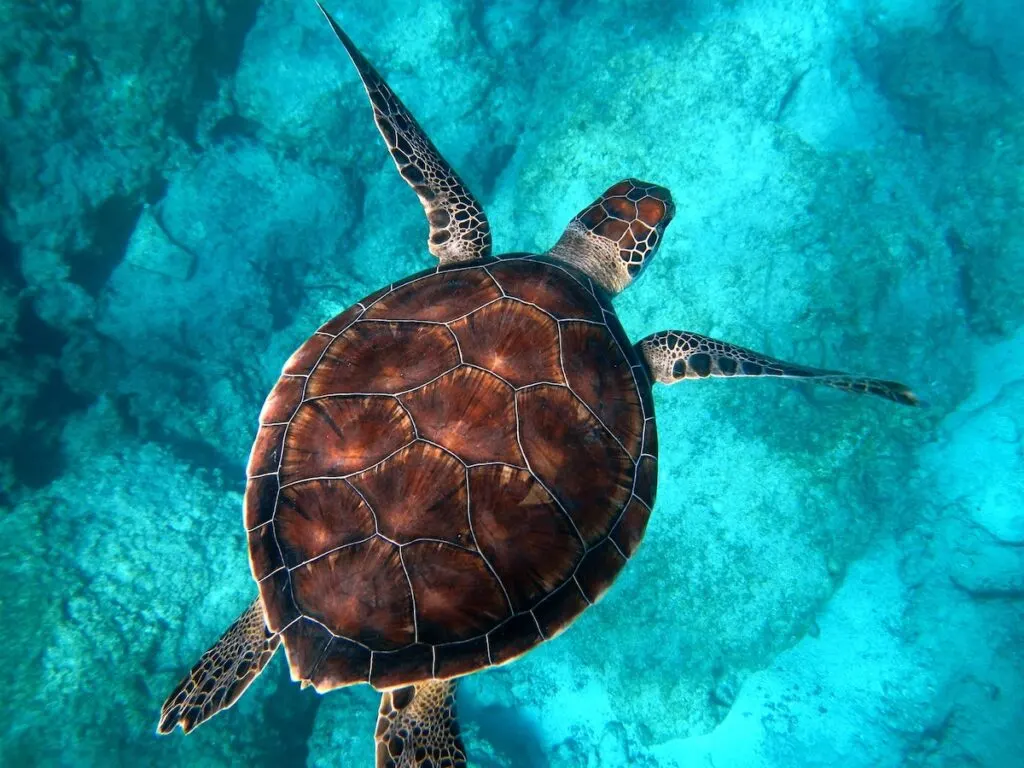
But why are turtle numbers dropping so drastically? Well, the fishing industry is responsible for a huge number of sea turtle deaths each year. Abandoned fishing gear (like lines, hooks, and nets) ensnare turtles beneath the water, stopping them from reaching the surface to breathe. Non-specific fishing practices often catch turtles by mistake (AKA bycatch).
And there are other factors affecting sea turtle populations too, like poaching, habitat destruction and climate change.
But don’t give up hope – some countries, like the Seychelles, have enforced strict turtle conservation measures and have seen populations recover from the brink of extinction!
11. Sea turtles need our help
We’re all out of turtle facts now, but don’t forget there’s plenty you can do to help sea turtles:
- Eat less fish. A high demand for fish means more fishing, which means for trouble for turtles
- Holiday responsibly. If you’re heading out on the water, make sure your tour operators are turtle-friendly. This could include not dropping anchor on the reef, watching out for turtles while they drive the boat, and avoiding single-use plastics.
- Reduce your carbon footprint. Carbon-related temperature increases are skewing the gender balance of turtles as well as destroying coral reefs, a major turtle habitat.
- Cut down on plastics. It’s not only fishing gear that gets turtles into trouble – almost any plastic object can become a hazard to a sea turtle.
- Refuse tortoise shell products, such as soup and fashion items like glasses. This one speaks for itself.
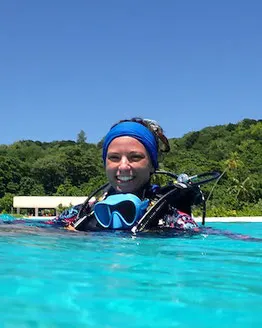
About the Author
Rose has spent the last few years living in Europe, the Seychelles and Kenya, working as a dive instructor, writer and conservationist. She’s having trouble with her sinuses at the moment and can’t dive, but she hopes to be back underwater soon!

